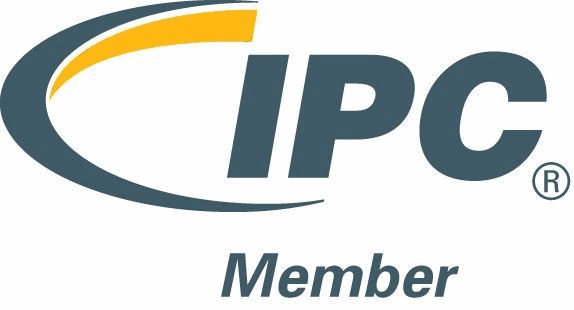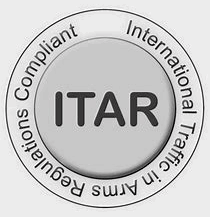In today's rapidly evolving electronics industry, the demand for smaller, more powerful, and complex devices is on the rise. This puts immense pressure on PCB designers to create boards that are not only high-performing but also sustainable. Achieving this balance can be challenging, as design choices that maximize performance often come at the expense of environmental friendliness. However, with concerted efforts and the right approach, it is possible to develop circuits that excel in both. In this article, we will explore some of the key factors to consider when designing sustainable PCBs.
Who’s responsible for sustainability?
To achieve sustainability in PCB design, it is crucial to address the entire supply chain. Collaboration between designers and long-term production partners plays a significant role in improving work and safety conditions, as well as environmental responsibility in manufacturing facilities. By continuously enhancing sustainability performance across the supply chain, we can contribute to a more stable and resilient future. This involves initiatives such as increasing recycling rates and developing energy-efficient manufacturing processes. The electronics industry has faced scrutiny in the past for poor working conditions and environmental impacts. It is imperative that we take steps to rectify this situation by working only with manufacturers who have proven they take employee safety and environmental impact seriously.
The importance of proper design from inception
A sustainable PCB design should be a primary focus from the start. This approach maximizes the likelihood of a well-designed board, minimizing the possibility of scrapping and reducing material waste and chemical usage during manufacturing. Choosing the right specifications for the design and selecting a suitable manufacturing partner are essential steps in achieving this goal. Additionally, efficient logistics and on-time deliveries contribute to a smooth and streamlined manufacturing process. The ultimate goal is to create a high-quality, environmentally-friendly product, and it all begins with getting the PCB design right from the beginning.
The value of choosing the right supplier
Collaborating with the right supplier is paramount to optimizing PCB production. A reputable supplier provides expertise and knowledge to deliver high-quality and sustainable PCB designs. To ensure sustainability, close cooperation with suppliers is crucial in reducing greenhouse gas emissions during manufacturing and complying with the requirements of international agreements like the Paris Agreement. Tracking environmental impacts, working with environmentally conscious suppliers, and implementing sustainable manufacturing tools and processes are some of the ways to achieve this. Regular audits and ongoing communication help identify improvement opportunities and reinforce the shared responsibility in achieving sustainability goals.
What to consider when choosing materials
Selecting the right materials is a key consideration in sustainable PCB design. Environmental appropriateness, material impact assessments, long-term objectives, performance targets, and key performance indicators (KPIs) should guide the material selection process. Waste management and sustainable product offerings play a vital role in optimizing the manufacturing process. Through meticulous material selection and detailed assessments, suppliers can identify and minimize the environmental impacts of their products. Staying updated on industry best practices regarding waste management and business travel further enhances environmental performance.
Moving towards a Sustainable Future
PCB manufacturing plays a pivotal role in the electronics industry. By making the right decisions in the early stages of a project, designers can positively impact sustainability throughout the supply chain. Designing sustainable PCBs requires striking a balance between performance and responsibility. As the demand for advanced electronics continues to grow, it is our duty to prioritize sustainability and act as responsible custodians of the environment. By integrating sustainability considerations into every stage of the PCB design process, we can create a more sustainable future for all.




